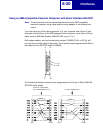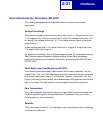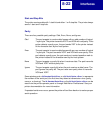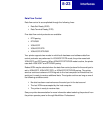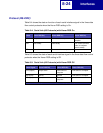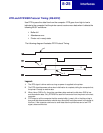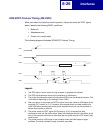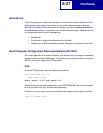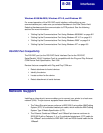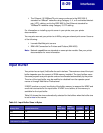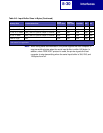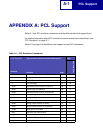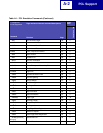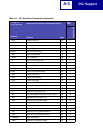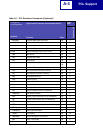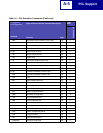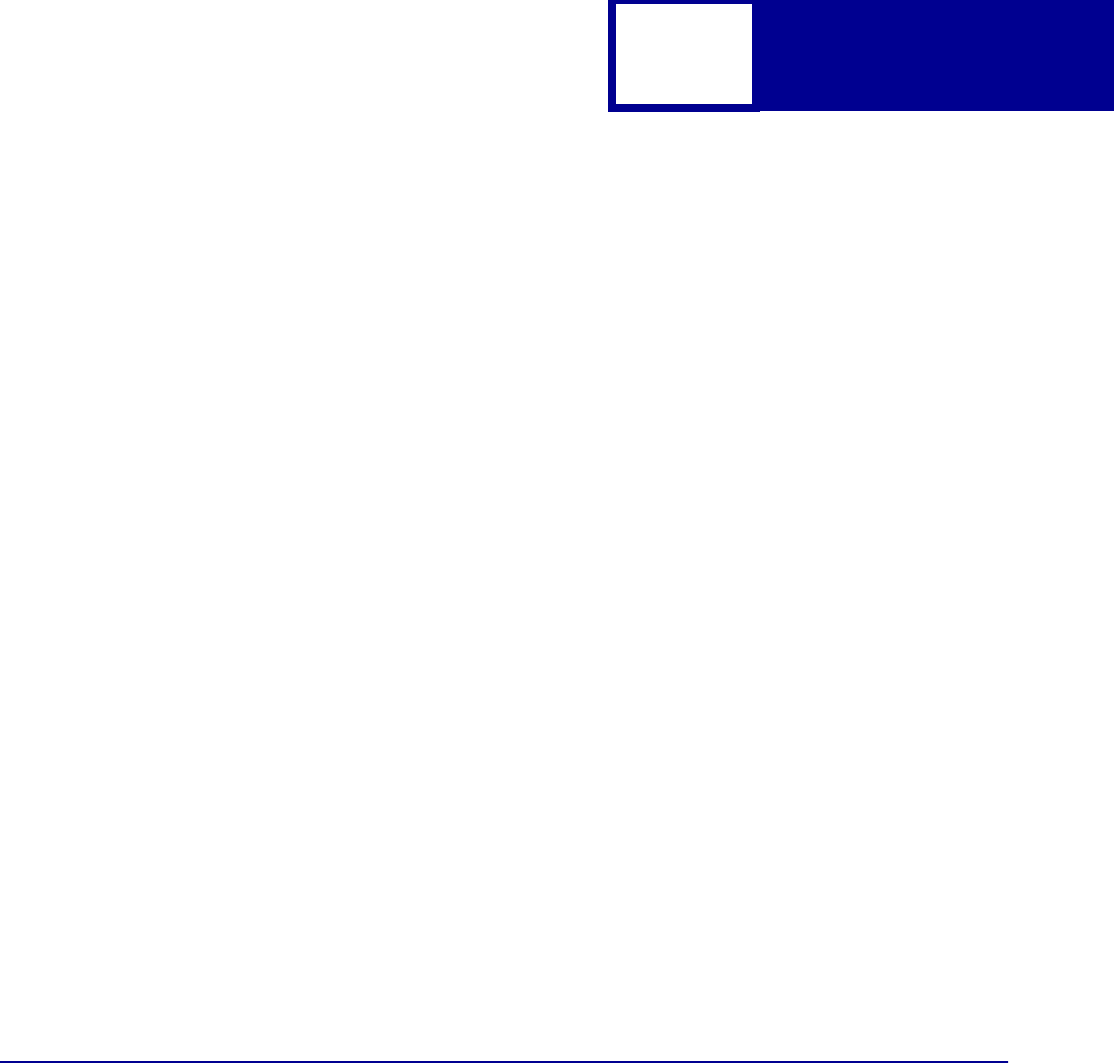
Interfaces
8-28
Windows 95/98/Me/2000, Windows NT 4.0, and Windows XP:
For correct operation of the RS-232C serial interface, while setting up your
communications port, make sure you selected Hardware in the Flow Control field.
Selecting Hardware sets the communication to DTR protocol. See the following
sections for more information:
• “Setting Up the Communications Port Using Windows 95/98/Me” on page 8-2
• “Setting Up the Communications Port Using Windows NT 4.0” on page 8-3
• “Setting Up the Communications Port Using Windows 2000” on page 8-4
• “Setting Up the Communications Port Using Windows XP” on page 8-5
RS-232C Port Compatibility
The RS-232C port (on the RS-232C Serial Interface Card or the RS-232C
Serial/Parallel 1284-C Interface Card) is compatible with the Plug and Play External
COM Device Draft Specification, Rev. 0.86.
Devices that are compatible with Plug and Play COM can:
• Detect attachment of serial devices.
• Identify the device.
• Locate a driver for the device.
• Detect detachment of serial devices.
Network Support
Installing an internal print server enables you to connect your printer to a local area
network (LAN). The print server supports these network interfaces:
• The Token-Ring print server conforms to IEEE 802.5 using either IBM Cabling
System (STP) or unshielded twisted-pair cable, which meets the IBM Cabling
System Type 3 Media Specification (UTP).
• The Ethernet Combined 10BaseT and 10Base2 print server conforms to
IEEE 802.3 with a Category 3, 4, or 5 unshielded twisted-pair (UTP) cable for
the 10BaseT and conforms to IEEE 802.3 with an RG58 coaxial cable for the
10Base2.



